
Have you ever tried to connect to a Wi-Fi network and run into network names like “Blues Clues,” “Claire’s Router” or “SETUP-6555”? If so, then you’ve come across your neighbor’s or business’s SSID.
These unique names help users identify their own personal Wi-Fi networks for easy connection and use. But what exactly is an SSID meaning and how can you find yours?
Our guide will help you identify your SSID, find it on your device and change its name. Plus, our premium services can provide additional protection to your network.
What Is an SSID?
An SSID, or service set identifier, is the name of your wireless router network. An SSID may also be referred to as a network ID, and is what you select when connecting to your network.
Most network devices are assigned a default SSID that can be edited or changed, and it’s recommended that you also create a password — sometimes referred to as a WPA2 key — to protect your network and connected devices.
SSIDs are composed of text up to 32 bytes long, and they are case-sensitive. This ID is broadcast to nearby devices, allowing them to connect with and use your wireless network.
Identical SSIDs
Because SSIDs are frequently assigned to devices, it’s possible that identical SSIDs exist. If two identical SSIDs have the same security settings, your device will do one of these things:
- Connect to the SSID it recognizes first
- Connect to the SSID with the strongest signal
- Connect to the network most recently joined
- Connect to the device’s preferred ID
To prevent confusion between identical SSIDs and make connecting to the correct network easier, change your SSID to a unique moniker when you first set up your device.
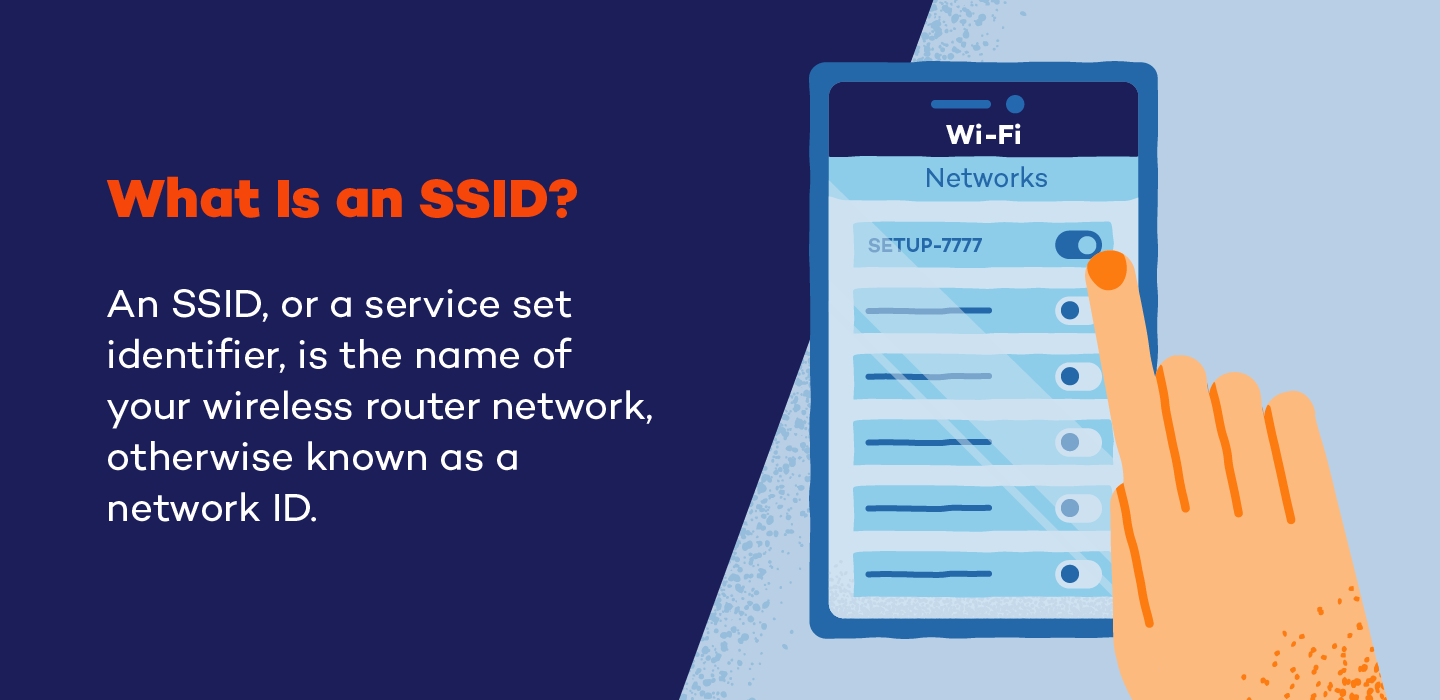
What Is It Used For?
SSIDs broadcast themselves to surrounding devices, allowing those devices access to wireless networks. SSIDs are used to differentiate networks from one another, making it easier to find and connect to particular networks.
How to Find Your SSID
If your network is still using its default SSID, it is most likely located on a sticker attached to the router itself. If you’ve changed your SSID, you will need to locate it elsewhere.
With your Wi-Fi on, you can find your SSID on different operating systems.
On Windows:
1. Click on the Wi-Fi icon in the bottom right corner of your device.

2. Your connected SSID will appear under the Wi-Fi symbol in the top left corner.
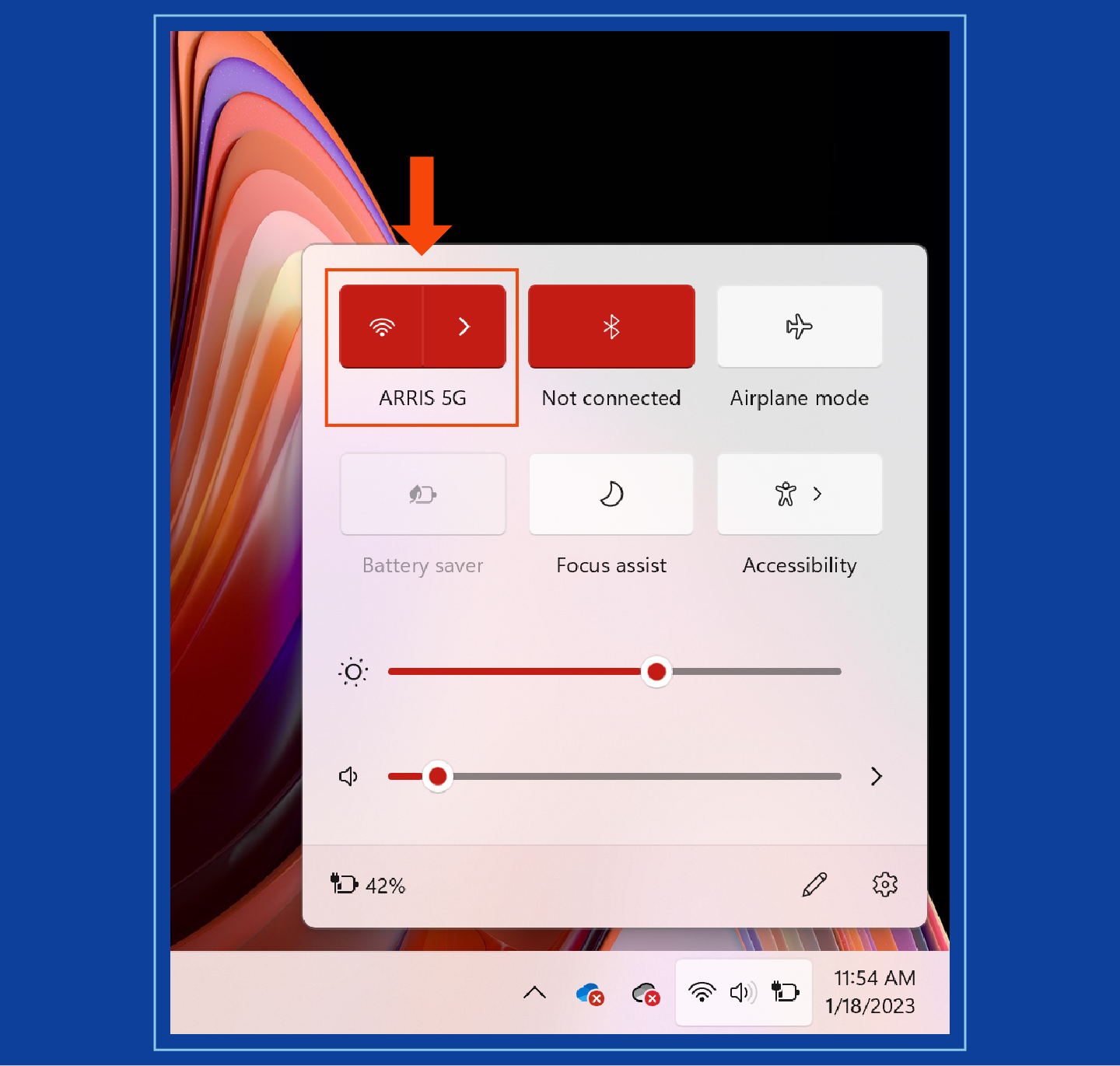
On MacOS:
1. Select the Wi-Fi icon in the top right corner of your device.
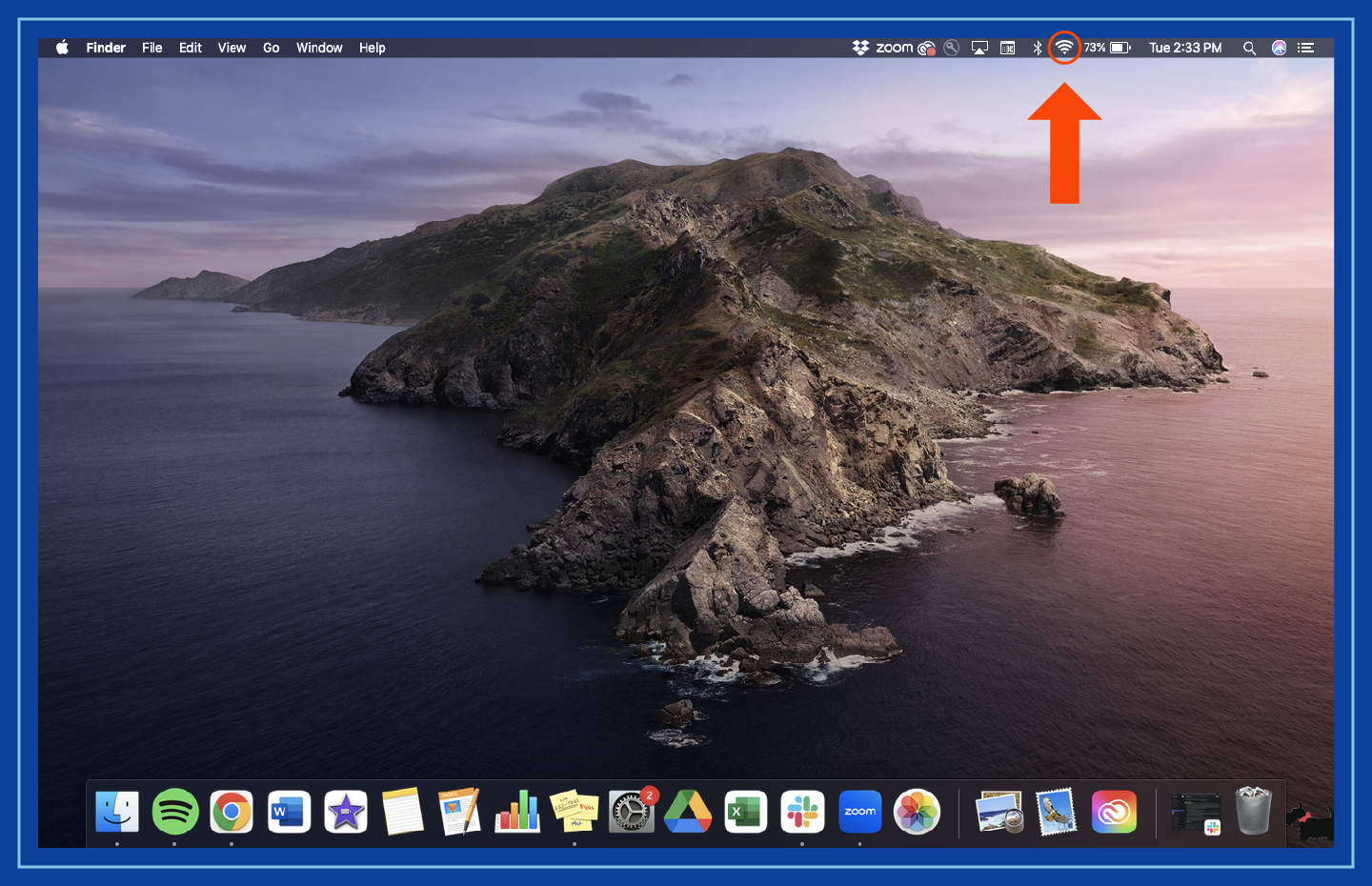
2. Your connected SSID will have a checkmark next to it.
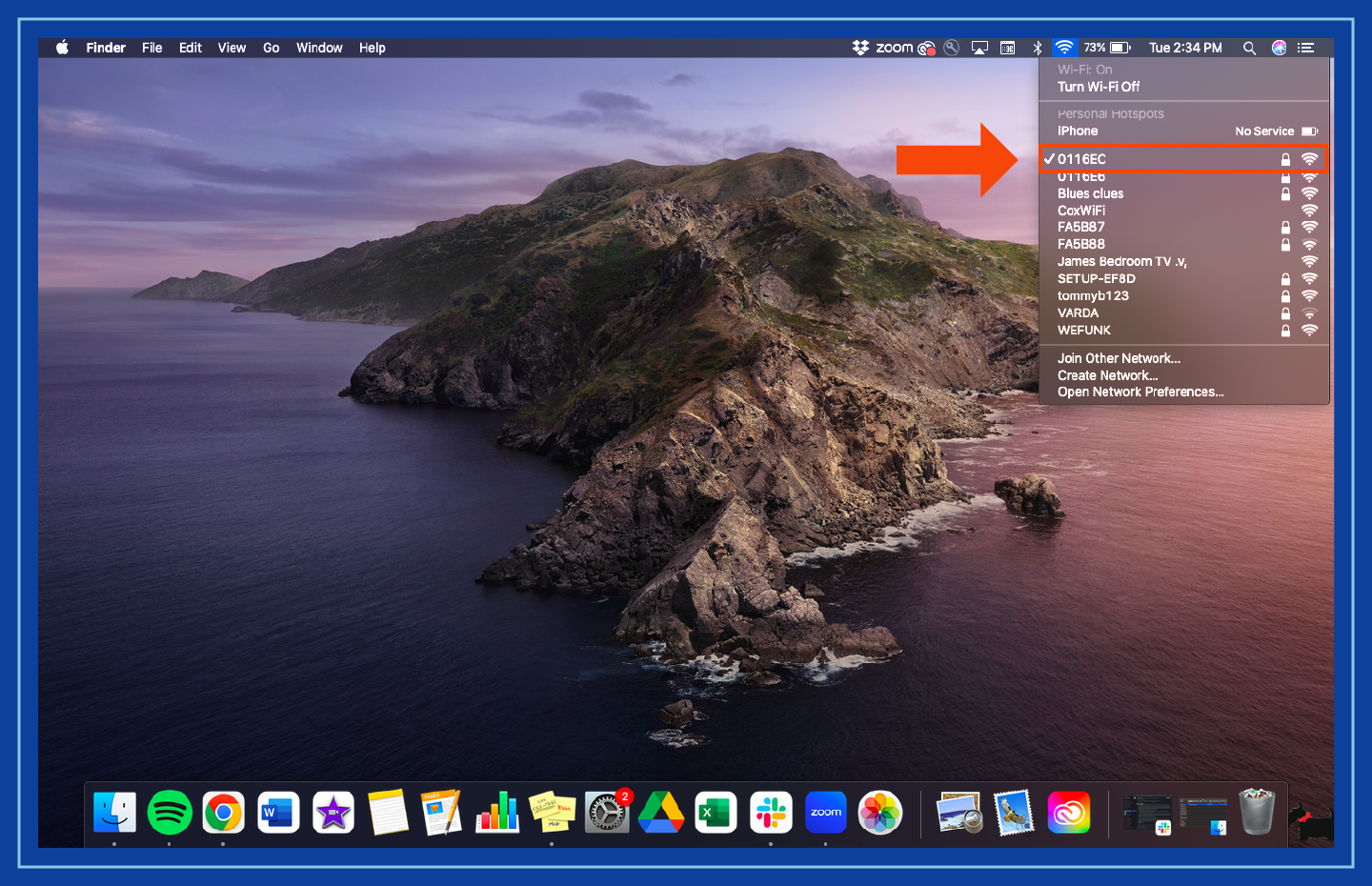
On Android:
1. Navigate to Settings.

2. Select Connections.
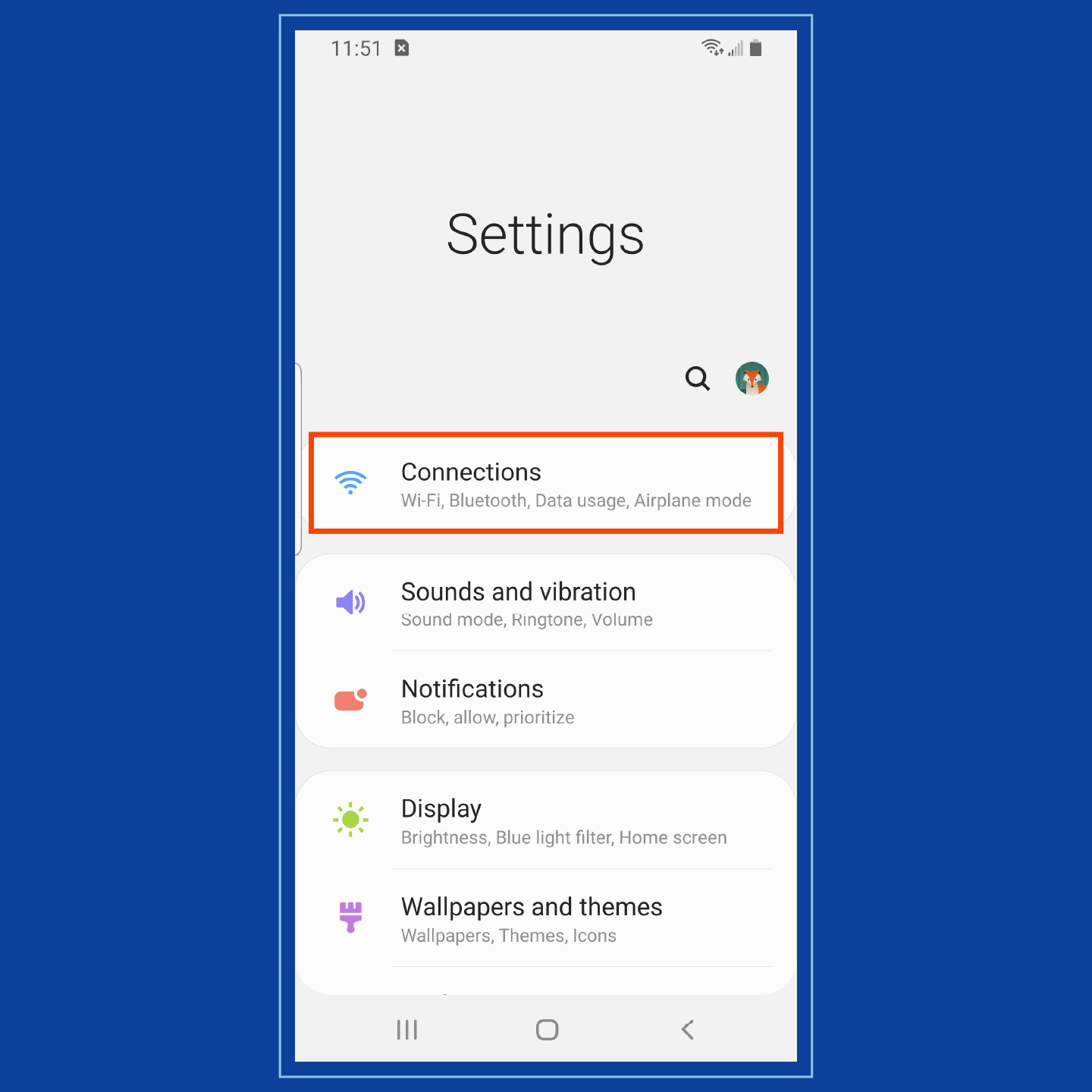
3. Your connected SSID will be shown below “Wi-Fi”.
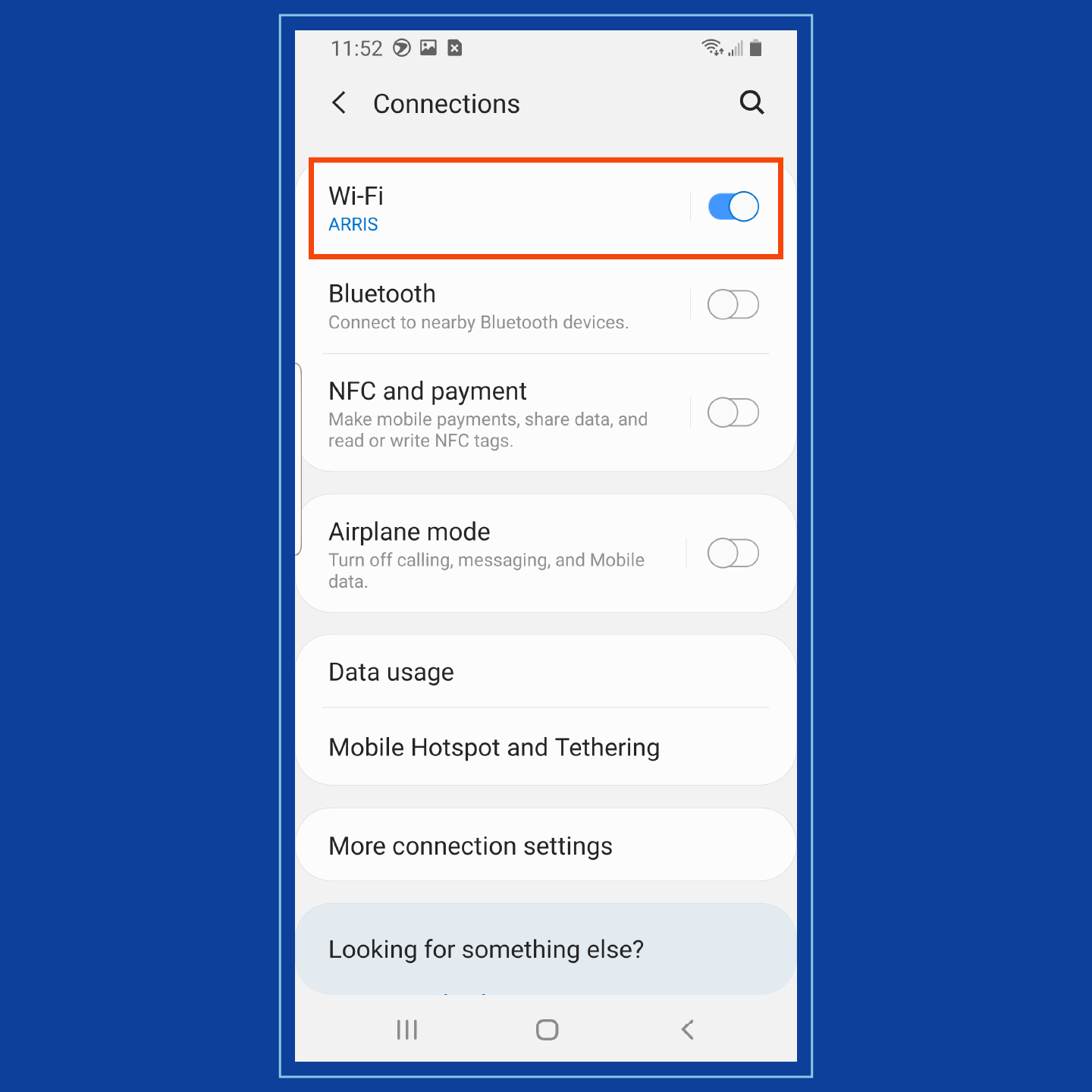
On iOS:
1. Navigate to Settings.
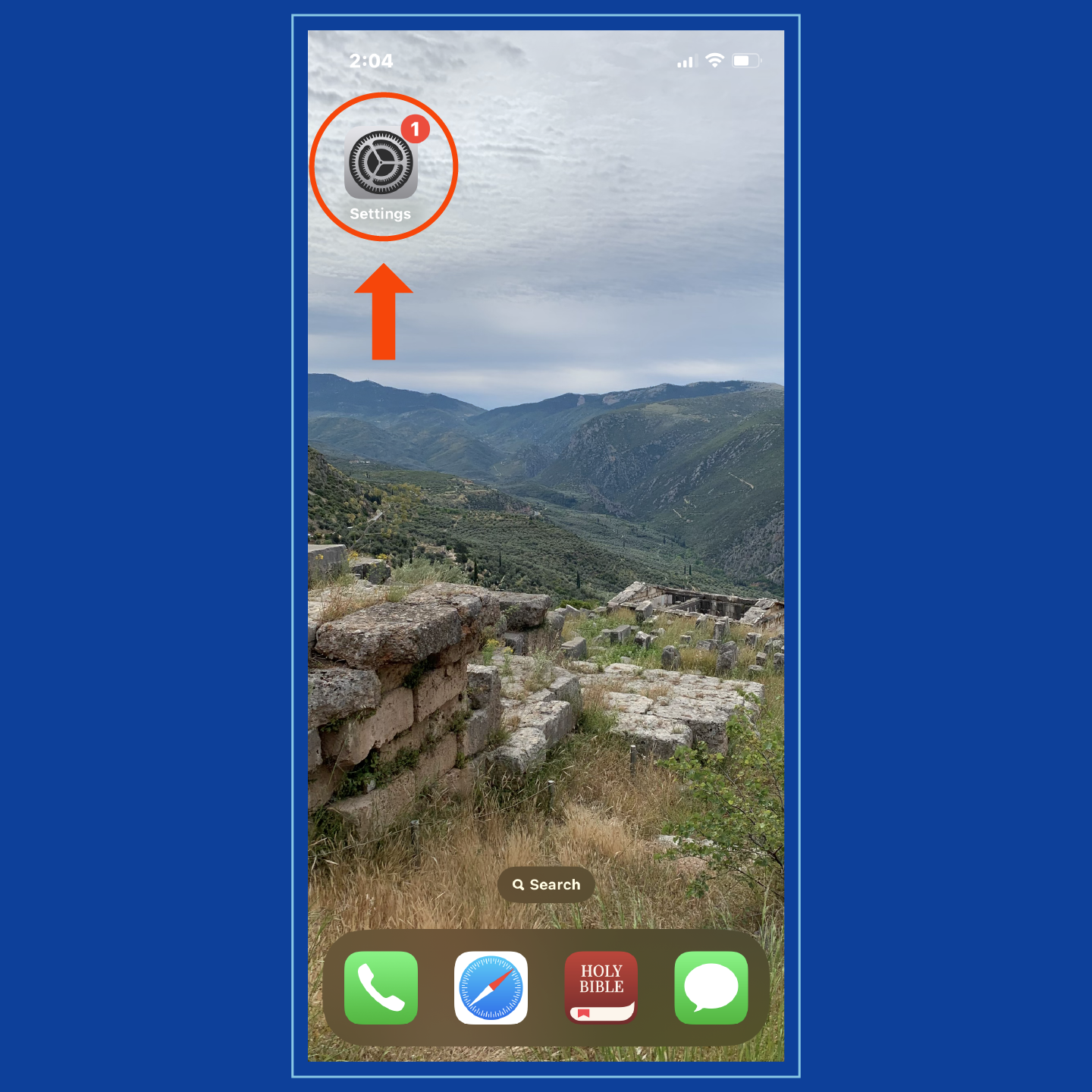
2. Select Wi-Fi.
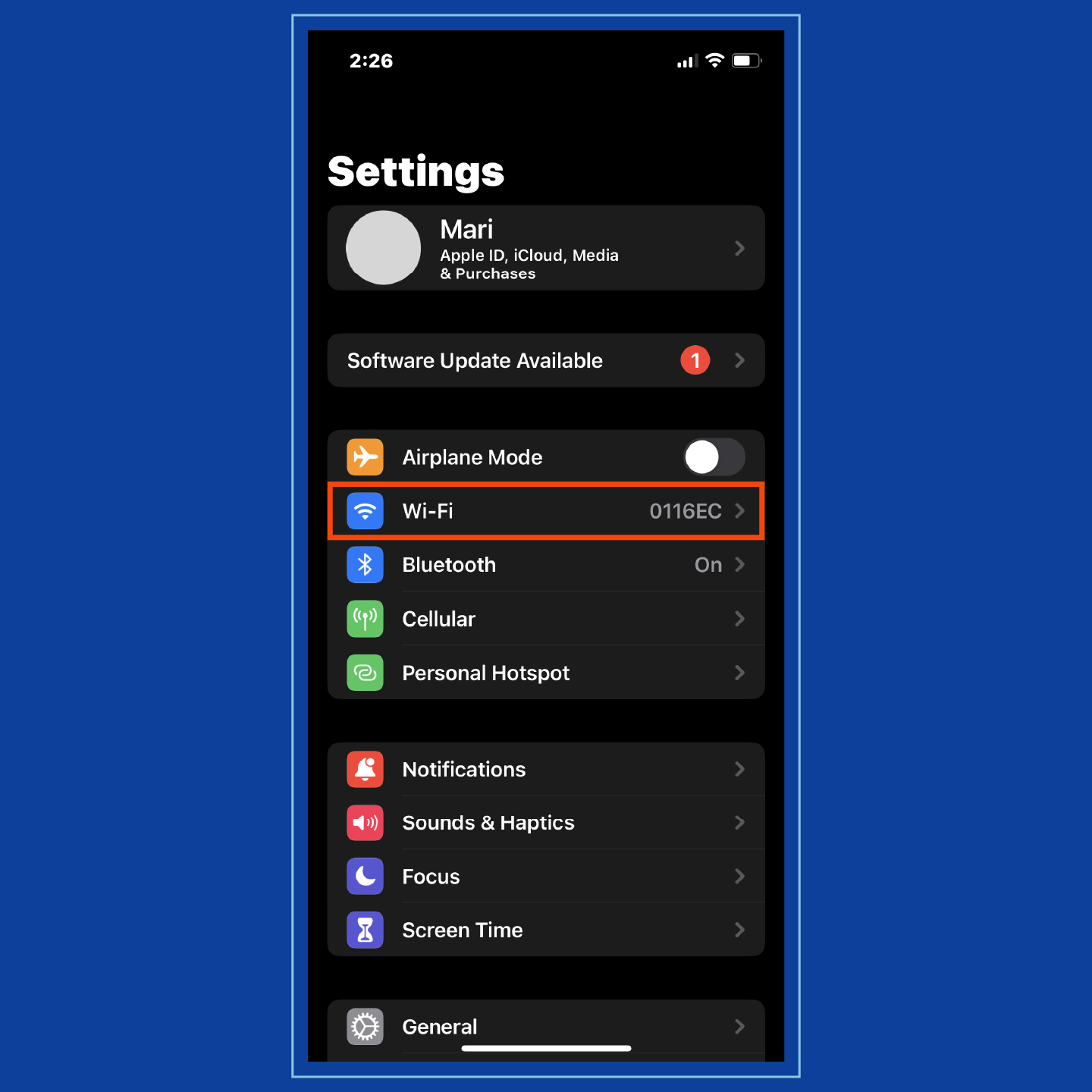
3. Your connected SSID will have a checkmark next to it.
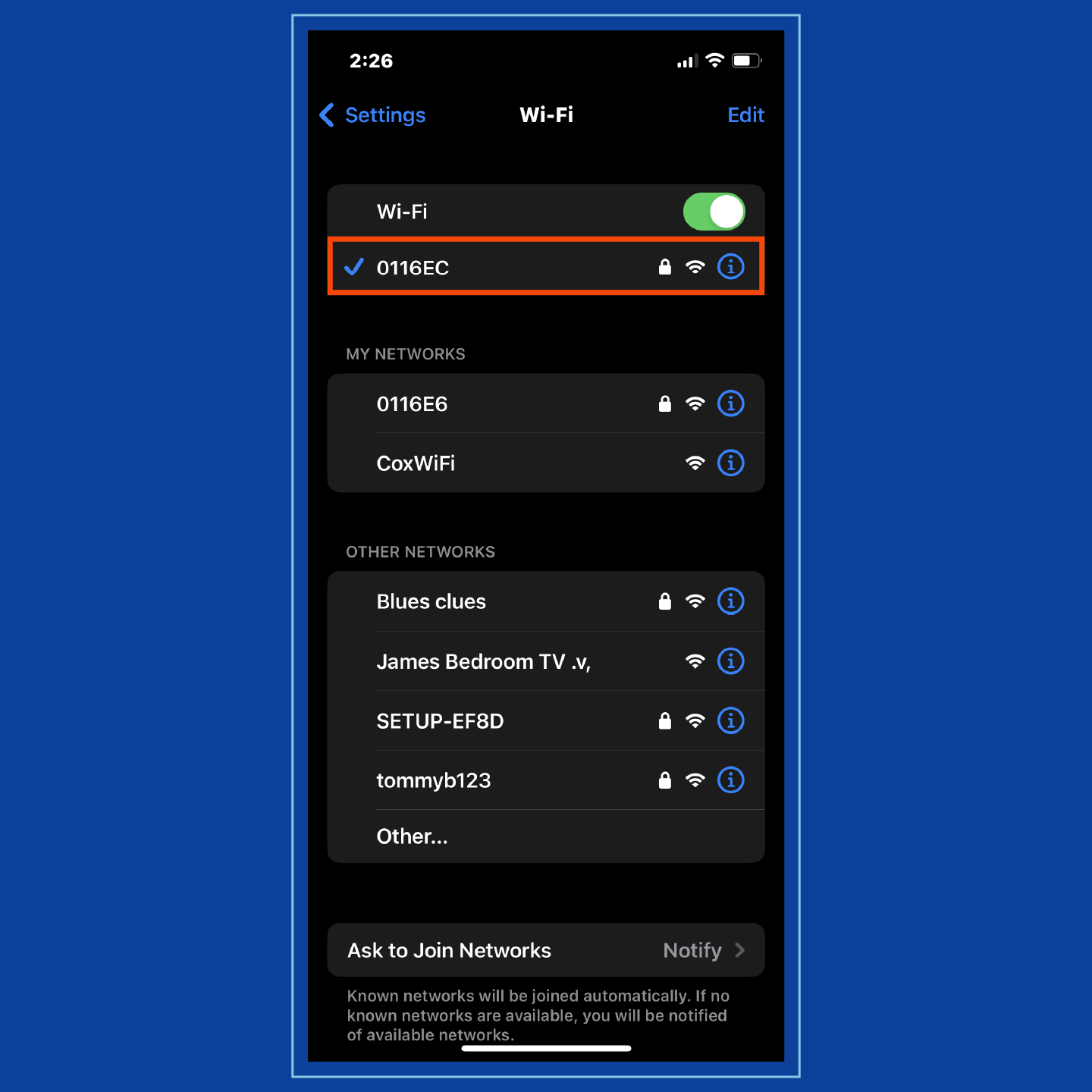
SSID Change
While it may be easier to keep your network’s default SSID, consider changing it in order to:
- Remove identical names: Identical SSIDs can cause confusion. Changing an SSID to a unique name can make networks easier to locate.
- Increase security: Evil twin attacks occur when hackers masquerade malicious network access points as identifiable default SSIDs. To avoid falling victim to a cyberattack, change your SSID.
- Limit discoverability: Your network SSID can be unique to you, so changing it can limit who discovers and uses your wireless network, including guests.
To change your SSID, follow these seven steps:
- Use a device to connect to your router.
- Find the IP address for your router.
- Enter the IP address into a browser.
- Use your account credentials to log in. These may be found under or on the side of your router.
- Navigate to the wireless local area network (WLAN) settings.
- Change the name of your SSID in its corresponding field.
- Save and exit.
After you have changed the name of your SSID, it should repopulate automatically on your device’s list of network names.
Hiding Your SSID: Does It Matter?
Hiding your SSID from the public is possible and simple. When changing your SSID, look for a checkbox labeled “hide SSID” or “broadcast SSID” and simply select whether you want it hidden or broadcasted.
But does it matter or make sense to hide your SSID? A hidden SSID is usually less susceptible to attacks — including brute force attacks — but an SSID is never completely safe from cybercriminals.
Hackers have tools that can help them discover hidden SSIDs. Hiding your SSID is not enough to keep your network safe, but it can act as an additional layer of protection.
7 SSID Security Tips
Even if you choose to hide your SSID, follow these seven SSID security tips to keep your wireless network protected:
- Use a VPN: A VPN can hide your IP address and encrypt information sent across your network.
- Set complex passwords: Complex passwords can protect your network better than default passwords or open access points.
- Enable security encryption: Encryption can hide and protect your activity from hackers and other cybercriminals.
- Create unique router credentials: Similarly to default SSID passwords, routers come equipped with default credentials. These can be easily guessed or obtained, so changing them can increase security for your wireless network.
- Download updates: Software and firmware updates provide additional protection against new security threats.
- Utilize your firewall: If available, enabling a firewall on your router, device or both can protect against and stop suspicious activity.
- Set up guest Wi-Fi: A secondary network for guests can help keep your primary wireless network secure and protected.
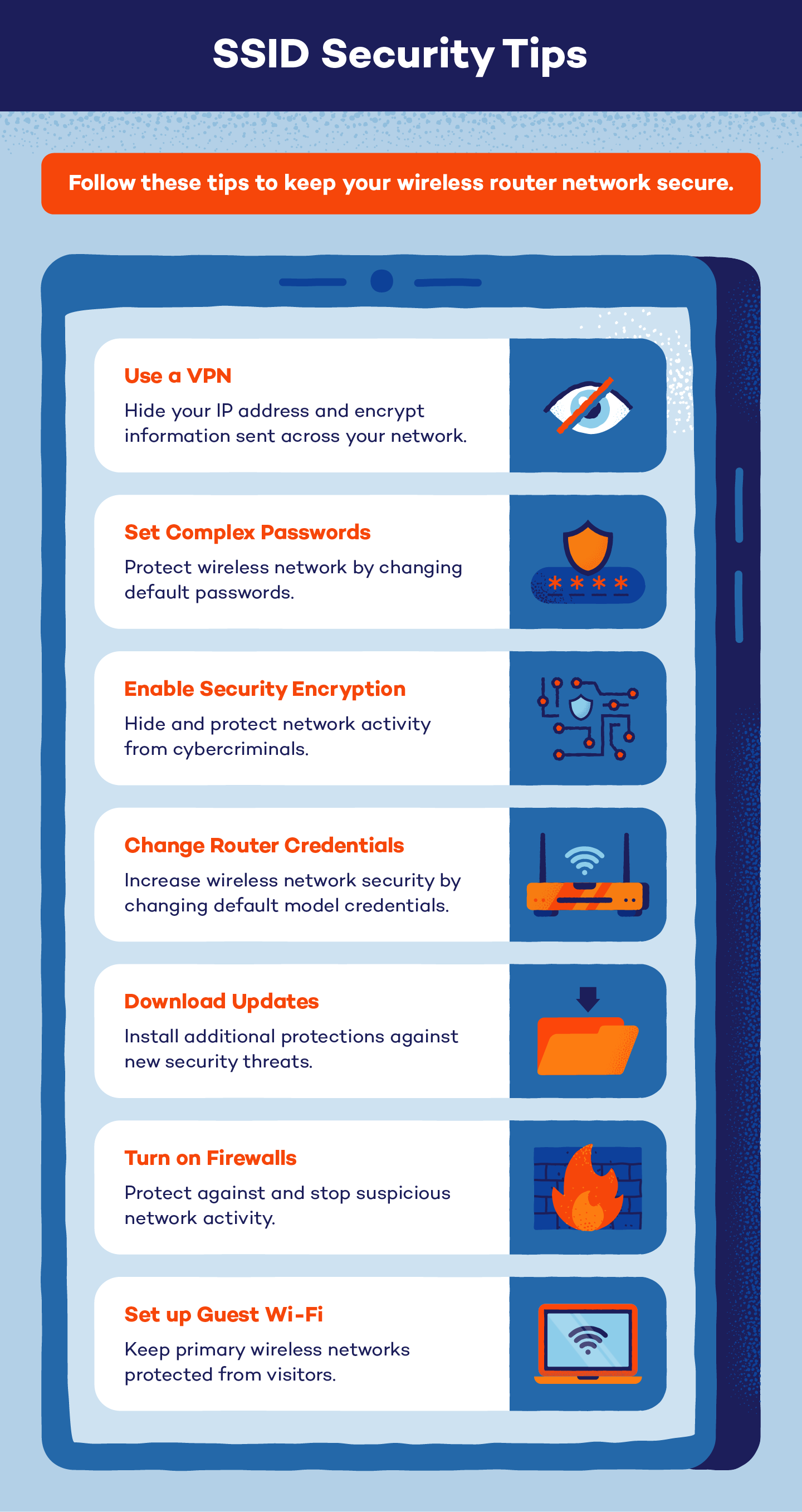
At Panda Security, we know your network is important, and more than 30 million customers trust us to keep their activity safe and protected. After you’ve discovered the SSID meaning, check out our security products and plans designed to help keep your digital life secure.
The post SSID Meaning: What Is an SSID and How Can You Find Yours? appeared first on Panda Security Mediacenter.
Article Link: SSID Meaning: Finding Your Network’s Name - Panda Security